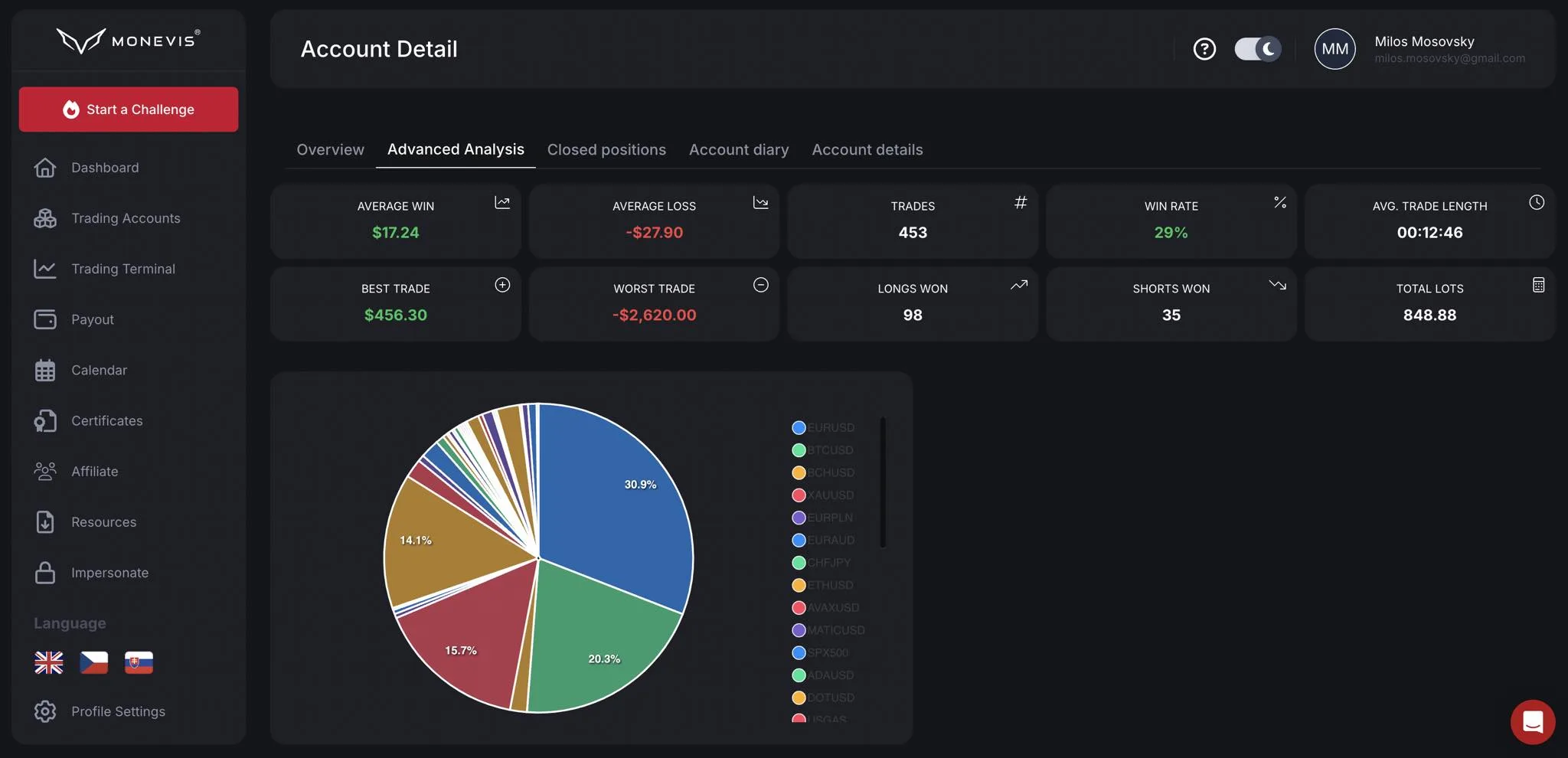HOT TIP: Unleash your trading potential with Monevis®

Understanding the Basics of Investment Strategies
Investment strategies are a critical factor when it comes to growing your wealth and securing your financial future. They serve as a roadmap, guiding you on the best ways to allocate your resources to maximize returns and minimize risks. Understanding and employing the right investment strategy can make a significant difference to your financial health. This article seeks to provide a comprehensive understanding of investment strategies, allowing you to make well-informed investment decisions.
What Is an Investment Strategy?
An investment strategy is a systematic plan designed to guide an investor in selecting the most suitable investment portfolio that aligns with their specific goals, risk tolerance, and time frame. It involves determining the mix of asset classes, such as stocks, bonds, and real estate, that would best achieve the investor’s goals and risk tolerance. It also includes regular portfolio reviews and adjustments to keep the investment on track.
Importance of an Investment Strategy
An investment strategy is crucial for a number of reasons. Firstly, it provides a well-structured approach to investment, ensuring that decisions are not made based on emotions or market hype. Secondly, a well-formulated strategy takes into account the investor’s financial goals and risk tolerance, thereby increasing the likelihood of achieving the desired results. Lastly, having a strategy in place makes it easier to make adjustments in response to changes in market conditions or personal circumstances.
Types of Investment Strategies
There are several types of investment strategies, each tailored to different investor profiles, financial goals, and risk tolerance. These include:
Growth Investing
Growth investing strategy involves investing in companies that have the potential for above-average growth, even if they appear expensive in terms of metrics like price-to-earnings or price-to-book ratios. Growth investors bank on the company’s strong future returns to justify the high present valuation. This strategy is suitable for investors with a higher risk tolerance and a longer investment horizon.
Value Investing
Value investing strategy seeks to find undervalued companies trading for less than their intrinsic value. Value investors actively hunt for stocks they believe the market has undervalued. This strategy requires patience, as undervalued stocks often need time to correct. It’s best suited for investors with a low risk tolerance and a long-term investment horizon.
Income Investing
Income investing strategy focuses on creating a consistent income stream from investments. Income investors prefer securities that have a track record of regular dividend or interest payments, like blue-chip stocks, bonds, or real estate investment trusts (REITs). This strategy is ideal for retirees or those who need regular income from their investment portfolio.
Index Investing
Index investing strategy involves investing in index funds, which are designed to track the performance of a specific market index. This passive investment strategy depends on the overall performance of the markets, rather than individual stock picking. It’s suitable for investors looking for broad market exposure with low fees.
Developing Your Investment Strategy
Creating an investment strategy is a process that involves understanding your financial goals, risk tolerance, and investment horizon. Here are a few steps to guide you:
1. Define Your Financial Goals: Whether it’s buying a house, funding your child’s education, or securing your retirement, defining your goal is the first step in your investment journey.
2. Assess Your Risk Tolerance: This involves understanding how much risk you’re willing to take on with your investment. Remember, higher potential returns often come with higher risk.
3. Determine Your Investment Horizon: Your investment horizon is the length of time you expect to hold the investment before cashing it in. Goals that are more than 10 years away may allow you to take on more risk, while short-term goals may require a more conservative approach.
4. Choose an Investment Strategy: Based on your goals, risk tolerance, and investment horizon, choose the investment strategy that suits you best.
5. Review Regularly: Regularly review and adjust your investment strategy to ensure it continues to serve your goals as market conditions and personal circumstances change.
In conclusion, understanding and implementing an investment strategy is crucial to making sound investment decisions. It can provide direction, help manage risk, and increase the likelihood of achieving your financial goals. Take the time to understand the different strategies, assess your individual situation, and choose the one that aligns with your investment goals and risk tolerance. Remember, there’s no one-size-fits-all strategy, and what works for one investor might not work for another.
HOT TIP: Unleash your trading potential with Monevis®
